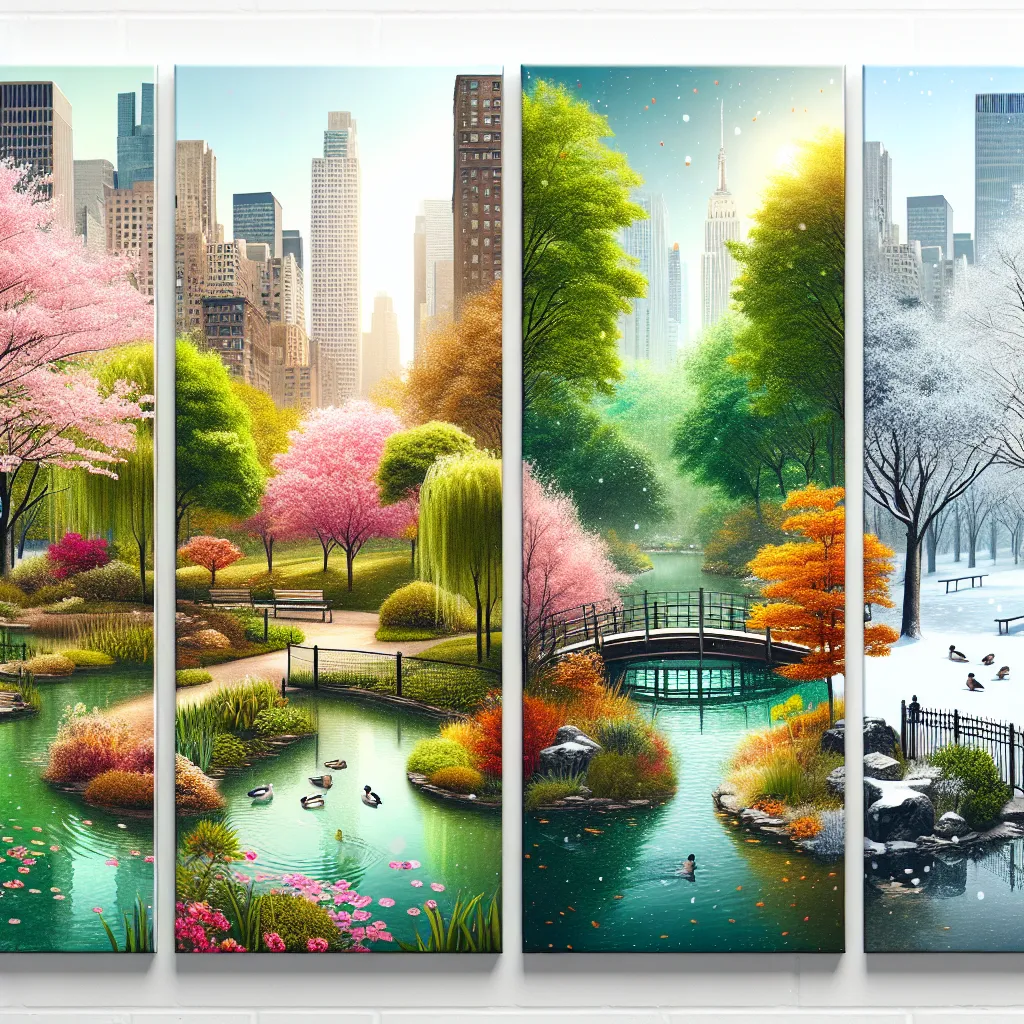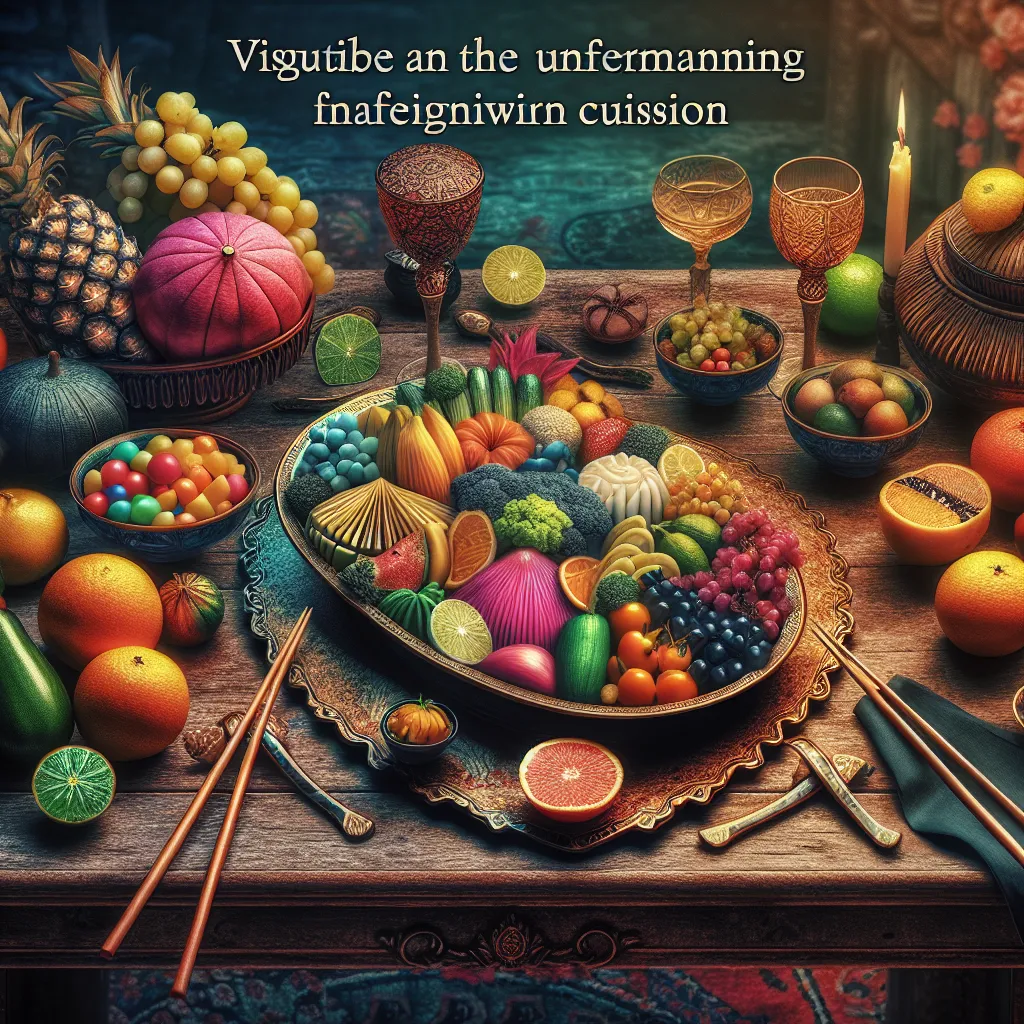As an experienced IELTS examiner, I’m here to guide you through one of the common topics in IELTS Speaking Part 2: describing a place you have photographed more than once. This topic allows you to showcase your descriptive skills, vocabulary range, and ability to structure a coherent response. Let’s dive into how you can excel in this task and boost your IELTS Speaking score.
Nội dung bài viết
- Understanding the IELTS Speaking Test Structure
- Part 1: Introduction and Interview
- Q: Do you like taking photographs?
- Q: How often do you take photos?
- Part 2: Long Turn (Cue Card)
- Follow-up questions:
- Part 3: Two-way Discussion
- Q: How has digital photography changed the way we capture and share memories?
- Q: Do you think the popularity of photography as a hobby has affected professional photographers? How?
- Key Vocabulary and Phrases for High Scores
- Examiner’s Advice
Understanding the IELTS Speaking Test Structure
Before we focus on our specific topic, let’s briefly review the structure of the IELTS Speaking test:
- Part 1: Introduction and Interview (4-5 minutes)
- Part 2: Individual Long Turn (3-4 minutes)
- Part 3: Two-way Discussion (4-5 minutes)
Our main focus will be on Part 2, but we’ll also cover related questions for Parts 1 and 3.
Part 1: Introduction and Interview
In this section, the examiner may ask you some general questions about photography. Here are a few potential questions with sample answers:
Q: Do you like taking photographs?
Band 6-7 Answer: Yes, I enjoy taking photographs. It’s a fun way to capture memories and share experiences with friends and family.
Band 8-9 Answer: Absolutely! I’m quite passionate about photography. It’s not just a hobby for me; it’s a creative outlet that allows me to capture fleeting moments and express my perspective on the world around me.
Q: How often do you take photos?
Band 6-7 Answer: I take photos quite often, probably a few times a week. I usually use my smartphone to snap pictures of interesting things I see.
Band 8-9 Answer: I’d say I’m constantly on the lookout for photo opportunities. Whether it’s with my DSLR camera or my smartphone, I find myself documenting various aspects of my daily life and surroundings almost every day. It’s become second nature to me.
Part 2: Long Turn (Cue Card)
Here’s a sample cue card related to our topic:
Describe a place you have taken photographs more than once
You should say:
- Where this place is
- Why you took photographs of this place multiple times
- What the place looks like
- And explain why this place is special to you
You have one minute to prepare your answer, and then you should speak for 1-2 minutes. Here’s a sample response:
Band 6-7 Answer:
The place I’ve photographed multiple times is a small park near my home. It’s located about a 10-minute walk from my house, in the center of my neighborhood. I’ve taken photos there many times because it changes a lot with the seasons, and I like to capture these changes.
The park isn’t very big, but it has a lot of trees and a small pond in the middle. There are benches around the pond where people can sit and relax. In spring, there are beautiful flowers, and in autumn, the leaves turn amazing colors.
This place is special to me because it’s where I go to relax after a busy day. It’s peaceful and beautiful, and taking photos there helps me appreciate the small changes in nature. It’s also where I practice my photography skills, trying to capture the same scenes in different lights and seasons.
Band 8-9 Answer:
The location I’ve repeatedly captured through my lens is a picturesque park nestled in the heart of my neighborhood, just a stone’s throw from my residence. This verdant oasis has been the subject of my photographic exploration on numerous occasions, primarily due to its remarkable seasonal transformations.
The park, while modest in size, boasts a diverse landscape. Its centerpiece is a serene pond, surrounded by a tapestry of flora that undergoes a mesmerizing metamorphosis throughout the year. The area is dotted with rustic benches, offering visitors a tranquil retreat to immerse themselves in nature’s beauty.
What truly sets this place apart and makes it a recurring theme in my photography is its chameleon-like ability to reinvent itself. In spring, it bursts into life with a riot of colorful blooms. Come autumn, the park transforms into a canvas of warm hues, with leaves painting the landscape in shades of gold, amber, and crimson.
This park holds a special place in my heart for several reasons. Firstly, it serves as my personal sanctuary, a place where I can escape the hustle and bustle of daily life and find solace in nature’s embrace. Moreover, it has become my outdoor studio, where I hone my photographic skills. The challenge of capturing the same location in various lights, seasons, and moods has been instrumental in refining my technique and developing my artistic eye.
 Urban park through seasons
Urban park through seasons
Follow-up questions:
- How has your photography of this place changed over time?
- What challenges do you face when photographing the same location repeatedly?
Band 6-7 Answers:
-
My photography of this place has improved over time. I’ve learned to pay more attention to details and to use different camera settings to capture the best images.
-
The main challenge is finding new and interesting ways to photograph the same place. Sometimes it’s hard to see the park in a fresh way after taking so many pictures there.
Band 8-9 Answers:
-
My photographic approach to this location has evolved significantly. Initially, I focused on capturing broad landscapes, but over time, I’ve developed a keen eye for intricate details – the play of light on water droplets, the textural contrasts in tree bark, or the subtle color gradations in foliage. I’ve also experimented with various techniques, such as long exposures and macro photography, to reveal hidden dimensions of this familiar space.
-
The primary challenge lies in maintaining a fresh perspective and avoiding creative stagnation. It requires constant innovation and a willingness to push boundaries. I’ve had to train myself to see beyond the obvious, to find beauty in overlooked corners, and to embrace the subtle changes that occur daily. Additionally, technical challenges arise when trying to capture the same scene under vastly different lighting conditions or weather patterns, demanding a thorough understanding of my equipment and photographic principles.
Part 3: Two-way Discussion
In this section, the examiner will ask more abstract questions related to the topic. Here are some potential questions with sample answers:
Q: How has digital photography changed the way we capture and share memories?
Band 6-7 Answer: Digital photography has made it much easier to take and share photos. We can now take many pictures without worrying about film, and we can instantly share them on social media or through messages. This has changed how we record our lives and communicate with others.
Band 8-9 Answer: The advent of digital photography has revolutionized our approach to memorializing experiences and disseminating personal narratives. It has democratized the art of photography, making it accessible to the masses. The ability to instantly review, edit, and share images has fostered a culture of real-time visual communication. This immediacy has transformed social interactions, allowing for instantaneous sharing of experiences across vast distances. However, it has also led to an oversaturation of images in our daily lives, potentially diluting the significance of individual moments. The ease of digital manipulation has also blurred the lines between reality and enhancement, raising questions about authenticity in visual storytelling.
Q: Do you think the popularity of photography as a hobby has affected professional photographers? How?
Band 6-7 Answer: Yes, I think it has affected professional photographers. With so many people taking good photos with their smartphones, it’s become harder for professionals to stand out. They might have to work harder to show their skills and find unique ways to take photos that amateurs can’t easily copy.
Band 8-9 Answer: The proliferation of photography as a popular pastime has undoubtedly had a profound impact on the professional photography landscape. On one hand, it has expanded the general appreciation for the art form, creating a more photographically literate audience. This heightened awareness has cultivated a market for high-quality, professionally crafted images that stand out from the sea of amateur content.
Conversely, the ubiquity of capable cameras in smartphones and the accessibility of editing software have eroded certain segments of the professional market, particularly in areas like event photography or stock imagery. This has compelled professional photographers to adapt and evolve their offerings. Many have shifted towards specialized niches, focusing on areas that require technical expertise, artistic vision, or specialized equipment that is beyond the reach of the average hobbyist.
Furthermore, the democratization of photography has led to a redefinition of what it means to be a professional in the field. Many photographers now augment their income through teaching, leading workshops, or creating educational content, leveraging their expertise in a market hungry for knowledge and skills development.
In essence, while the rise of amateur photography has presented challenges, it has also created new opportunities for those willing to adapt and innovate within the evolving landscape of visual communication.
Key Vocabulary and Phrases for High Scores
To elevate your speaking performance, incorporate these sophisticated words and phrases:
-
Picturesque /ˌpɪk.tʃəˈresk/ (adj): visually attractive, especially in a quaint or charming way
Example: The old town’s picturesque streets are a favorite among photographers. -
Verdant /ˈvɜː.dənt/ (adj): green with grass or other rich vegetation
Example: The park’s verdant lawns are perfect for picnics in the summer. -
Tapestry /ˈtæp.ə.stri/ (n): used figuratively to describe a complex or colorful combination of things or sequence of events
Example: The autumn leaves created a tapestry of red, orange, and gold. -
Metamorphosis /ˌmet.əˈmɔː.fə.sɪs/ (n): a complete change of physical form or substance
Example: The park undergoes a metamorphosis with each passing season. -
To immerse oneself (phrasal verb): to become completely involved in something
Example: I love to immerse myself in nature when I visit the park. -
To hone /həʊn/ (v): to improve or perfect, especially a skill
Example: I use the park as a place to hone my photography skills.
Examiner’s Advice
To achieve a high score in IELTS Speaking, particularly when describing a place you’ve photographed multiple times:
- Use varied vocabulary: Incorporate a range of descriptive words and avoid repetition.
- Provide specific details: Don’t just say the place is beautiful; explain why and how.
- Structure your answer: Use clear organization in your response, perhaps following the seasons or different aspects of the location.
- Show enthusiasm: Your tone and manner should convey genuine interest in the topic.
- Practice fluency: Aim for smooth delivery without long pauses or hesitations.
- Demonstrate range: Use a mix of simple and complex sentence structures.
- Connect ideas: Use linking words and phrases to make your response cohesive.
- Extend your answers: In Part 3, develop your ideas fully and provide examples or personal experiences to support your points.
Remember, the key to success in IELTS Speaking is not just about what you say, but how you say it. Confidence, fluency, and the ability to express complex ideas clearly are all crucial factors in achieving a high band score.


